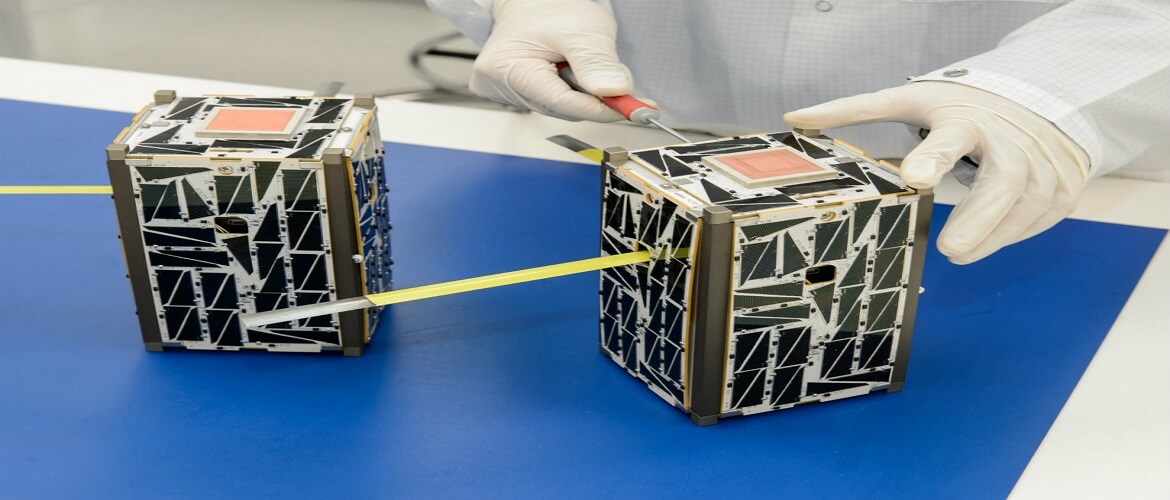New era for telecoms, satellites, and backhaul
April 9, 2021 | Expert Insights

There are certain key values that the space industry must adopt in order to emerge as a viable alternative and effective partner for terrestrial networks. First, it is crucial to provide reliable services from the get-go. This entails agile and flexible solutions that adapt to new-use cases in real-time.
Second, cost-effectiveness is a critical parameter that needs to be addressed. At present, satellite communication is rather expensive. Around $2 to $10 billion are required to launch large-scale internet constellations. In addition, there are considerable expenses incurred in putting the backhaul infrastructure in place. Such costs are extremely prohibitive for new startups in the field. It is important, therefore, to lower capital expenditures associated with the manufacturing and launching of satellites.

This can be achieved by reducing the size and mass of the satellites that are currently deployed, as manufacturing costs are directly proportionate to the weight of the satellite. Today, around 90 percent of the satellite structure is built to hold the antennas within the launcher. If there is an alternative technology to deploy such antennas in space, it can significantly shrink the incurred expenses.
There are other options that can be explored, as well. For instance, when enterprises like SpaceX incorporate launching and satellite manufacturing capabilities within the same company, they can help to take the margins out.
Innovation will be a key driver in new-use cases. As compared to terrestrial services, which mostly cater to urban areas, satellite internet can play a vital role in rural coverage. At the same time, it is important to secure the interoperability of technologies and infrastructure developed by different satellite companies. Since various enterprises build their own equipment, it will be imperative for their systems to talk to each other and stay relevant. Similarly, terrestrial networks will need to coexist with space infrastructure.
Levelling the playing field between government and commercial agencies is also critical. If the right balance is struck between these two sectors, it will eventually lower the overall capital expenditure incurred by the space industry.
Raz Itzhaki Tamir is the co-founder and CEO of NSLComm, a company that manufactures satellite equipment and offers spacecraft communication services. He previously served as an adjunct lecturer at the Ben Gurion University of the Negev. This article is written by the Synergia Research team based on insights shared by the expert at the round table titled ‘Empowering the Internet through Space: Limitations, challenges, and the future’ on 21 January 2021.








Comments